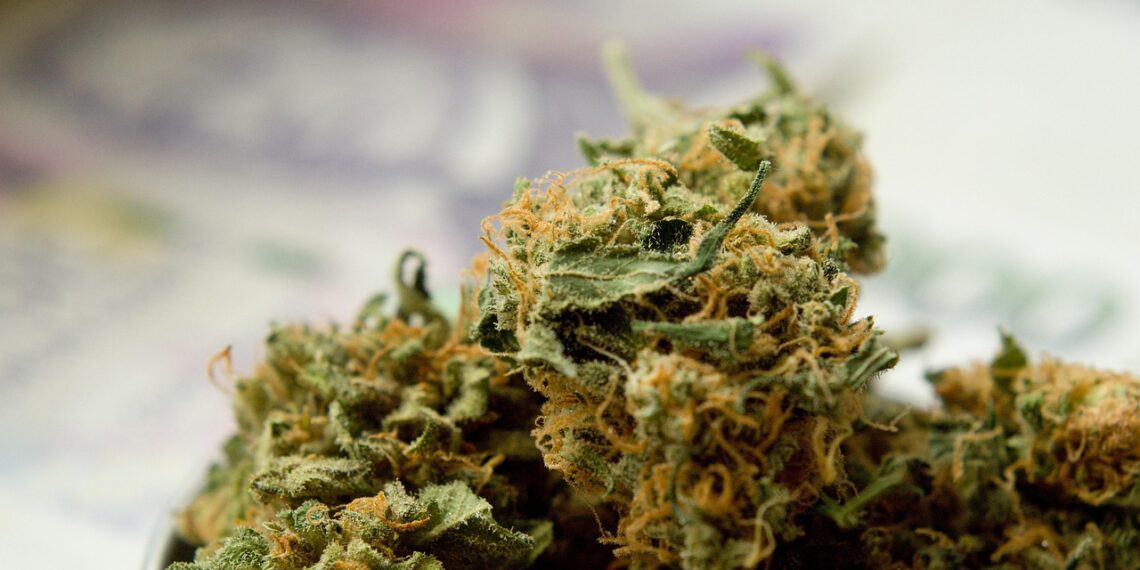In recent years, the conversation around cannabis for medical treatments has often been polarizing. For some, it represents an unproven risk, while for others, it offers hope in the management of pain, discomfort, or mental health conditions. What is less discussed, however, is how certain cannabinoids may also play a role in supporting glucose regulation and easing complications tied to diabetes. While research is still emerging, evidence suggests that cannabinoids like THCV (tetrahydrocannabivarin) and CBD (cannabidiol) could provide unique benefits for individuals looking to balance blood sugar, reduce inflammation, and manage nerve-related discomfort.
One of the most studied cannabinoids in relation to blood sugar is tetrahydrocannabivarin (THCV). Early clinical observations suggest that THCV may modestly reduce fasting glucose and improve insulin sensitivity in individuals with type 2 diabetes. While these findings are preliminary, they highlight how cannabinoids might contribute to metabolic stability by supporting the body’s natural insulin response. For those curious about alternative therapies, THCV offers a glimpse into how plant-based compounds could one day complement traditional glucose management strategies.
Another promising compound is cannabidiol (CBD), which has been explored for its ability to reduce inflammation and ease neurological discomfort. For individuals experiencing diabetic neuropathy, CBD—whether applied topically or taken systemically—may help calm localized inflammation and ease nerve-related pain. Animal models and emerging human data suggest that CBD carries neuroprotective properties, potentially helping to preserve nerve function while also improving quality of life for those managing chronic conditions.
The implications go further than pain relief. Diabetic complications are often fueled by chronic inflammation and oxidative stress, both of which cannabinoids appear to modulate through the body’s endocannabinoid system. For example, research has suggested that CBD may help reduce vascular damage associated with diabetic retinopathy, a serious eye condition linked to long-term high blood sugar. By modulating inflammatory pathways, cannabinoids could potentially reduce the risk or severity of complications that arise from uncontrolled glucose.
Still, it is important to note that cannabinoids are not cures. They represent an emerging area of study that deserves cautious optimism. Dosage, formulation, and individual response vary widely, and in some cases, cannabis products—particularly those high in THC—may complicate glucose management if they stimulate appetite or disrupt lifestyle routines. As with any intervention, consultation with a qualified healthcare provider is essential.
For individuals quietly questioning the potential role of cannabis in managing diabetes-related challenges, the answer lies in balance. Cannabinoids like THCV and CBD demonstrate potential in improving insulin sensitivity, reducing inflammation, and protecting nerve function. While further research is needed to confirm long-term outcomes, these compounds are opening new conversations about how integrative approaches might one day enhance the standard of diabetes care.
References
Horváth, B., et al. (2012). The endocannabinoid system and plant-derived cannabinoids in diabetes-associated vascular dysfunction. Journal of Endocrinology, 213(1), 39–46. https://pmc.ncbi.nlm.nih.gov/articles/PMC3349875/
Rafailovska, E., et al. (2025). Unlocking the antidiabetic potential of CBD: In vivo evidence and mechanisms. Pharmaceuticals, 18(4), 446. https://www.mdpi.com/1424-8247/18/4/446
Wikipedia contributors. (2025, August). Tetrahydrocannabivarin. Wikipedia. Retrieved from https://en.wikipedia.org/wiki/Tetrahydrocannabivarin
Verywell Health. (2021). Marijuana and diabetes: Benefits and precautions. Retrieved from https://www.verywellhealth.com/marijuana-and-diabetes-5105170



